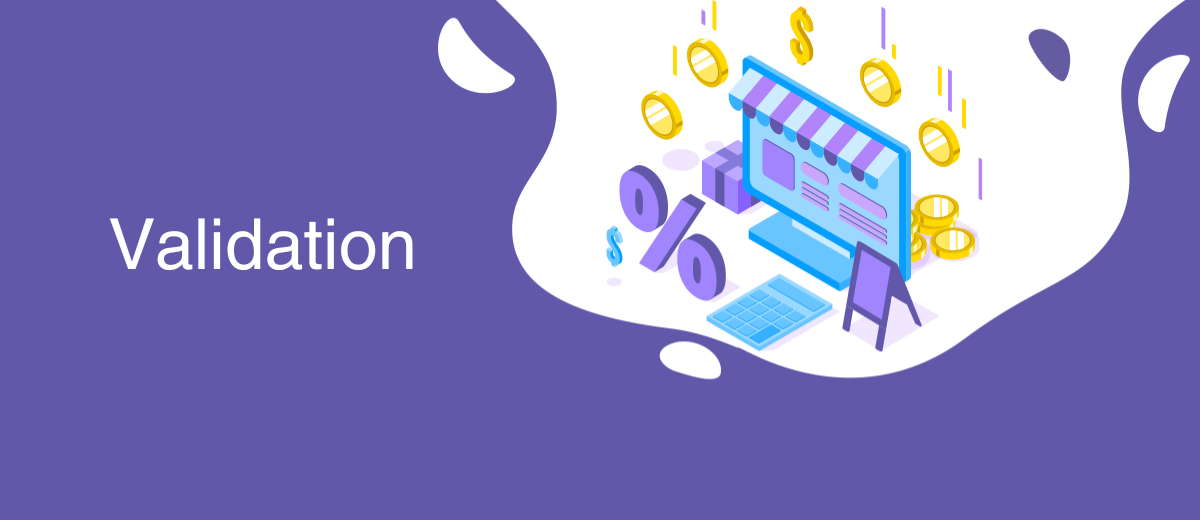Validation
Validation is the process of verifying that a product, system, or component meets specified requirements or performs its intended functions correctly and consistently. Validation is a critical aspect of quality assurance, as it helps to identify errors, inconsistencies, or shortcomings before a product is released or implemented, ensuring that it operates effectively and meets customer expectations. Validation is employed across various industries, including software development, manufacturing, and pharmaceuticals, to maintain high standards of quality and reliability.
There are several types of validation, including:
- Design validation: This involves evaluating a product's design to ensure that it meets the intended specifications and functional requirements. Design validation may include prototyping, computer simulations, or other analytical techniques.
- Process validation: This focuses on verifying that a manufacturing or production process consistently produces products that meet the required specifications, ensuring their quality, safety, and efficacy.
- Software validation: This is crucial in fintech software development, where accuracy and security are paramount. This process ensures that financial applications not only adhere to stringent regulatory standards but also deliver a seamless and secure user experience. In this domain, validation plays a key role in identifying potential vulnerabilities and performance issues, thereby safeguarding against financial discrepancies and data breaches.
The validation process generally involves the following steps:
- Establishing requirements: Clearly defining the specifications, performance criteria, or functional requirements that the product or system must meet.
- Designing tests: Developing test procedures, scenarios, or cases that will be used to assess the product's performance and verify that it meets the established requirements.
- Executing tests: Carrying out the tests according to the defined procedures and documenting the results.
- Analyzing results: Evaluating the test results to identify any errors, deviations, or shortcomings, and determining whether the product meets the requirements.
- Implementing corrective actions: If necessary, making modifications or improvements to the product or process to address identified issues and ensure compliance with the requirements.
In conclusion, validation is a vital process in quality assurance, helping to ensure that products, systems, or components meet the required specifications and function correctly. Through validation, organizations can maintain high standards of quality, safety, and reliability in their products and processes, ultimately leading to increased customer satisfaction and trust.
Back Home eCommerce Encyclopedia
Set up integration without programmers – ApiX-Drive
Articles about marketing, automation and integrations on our Blog

